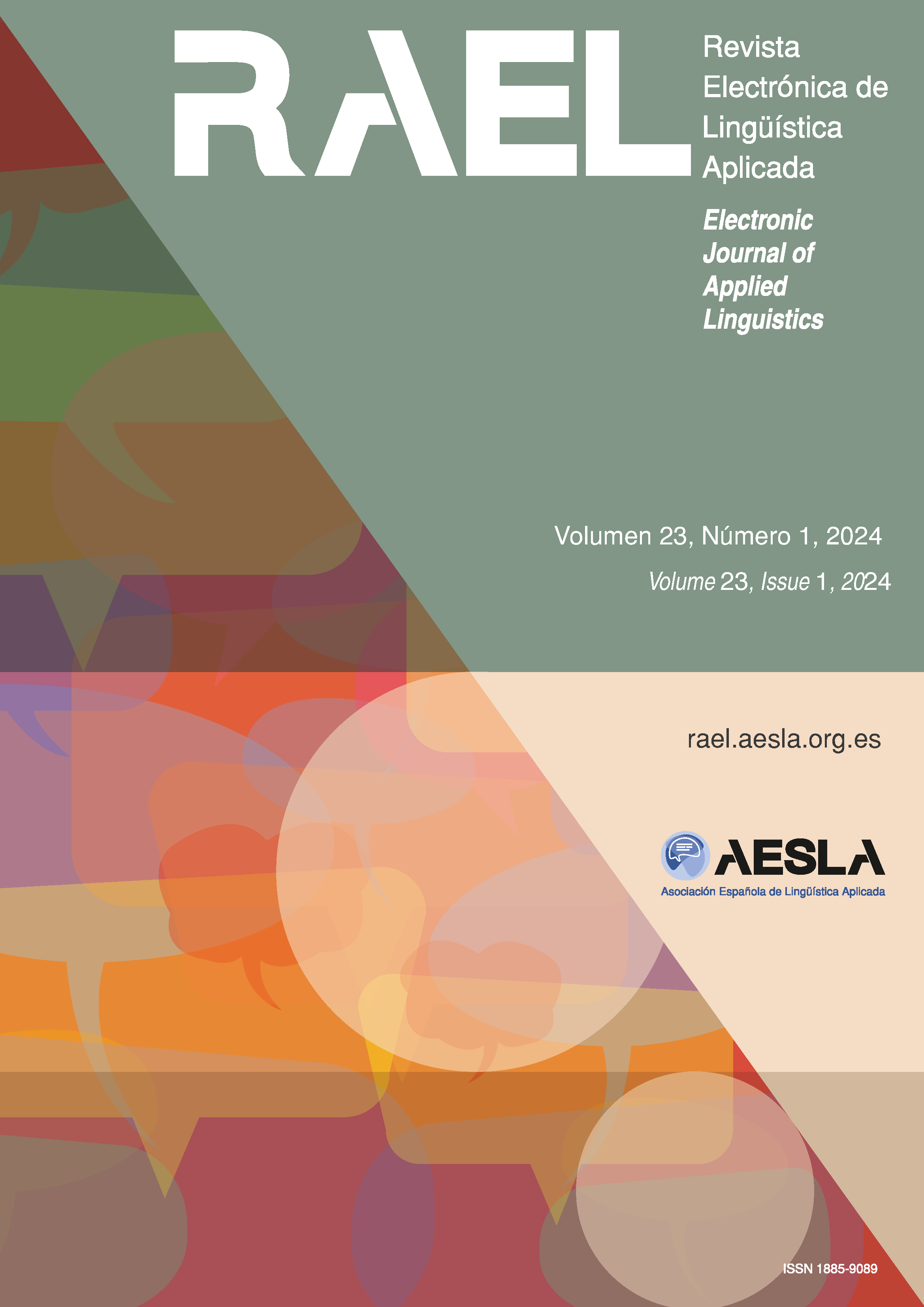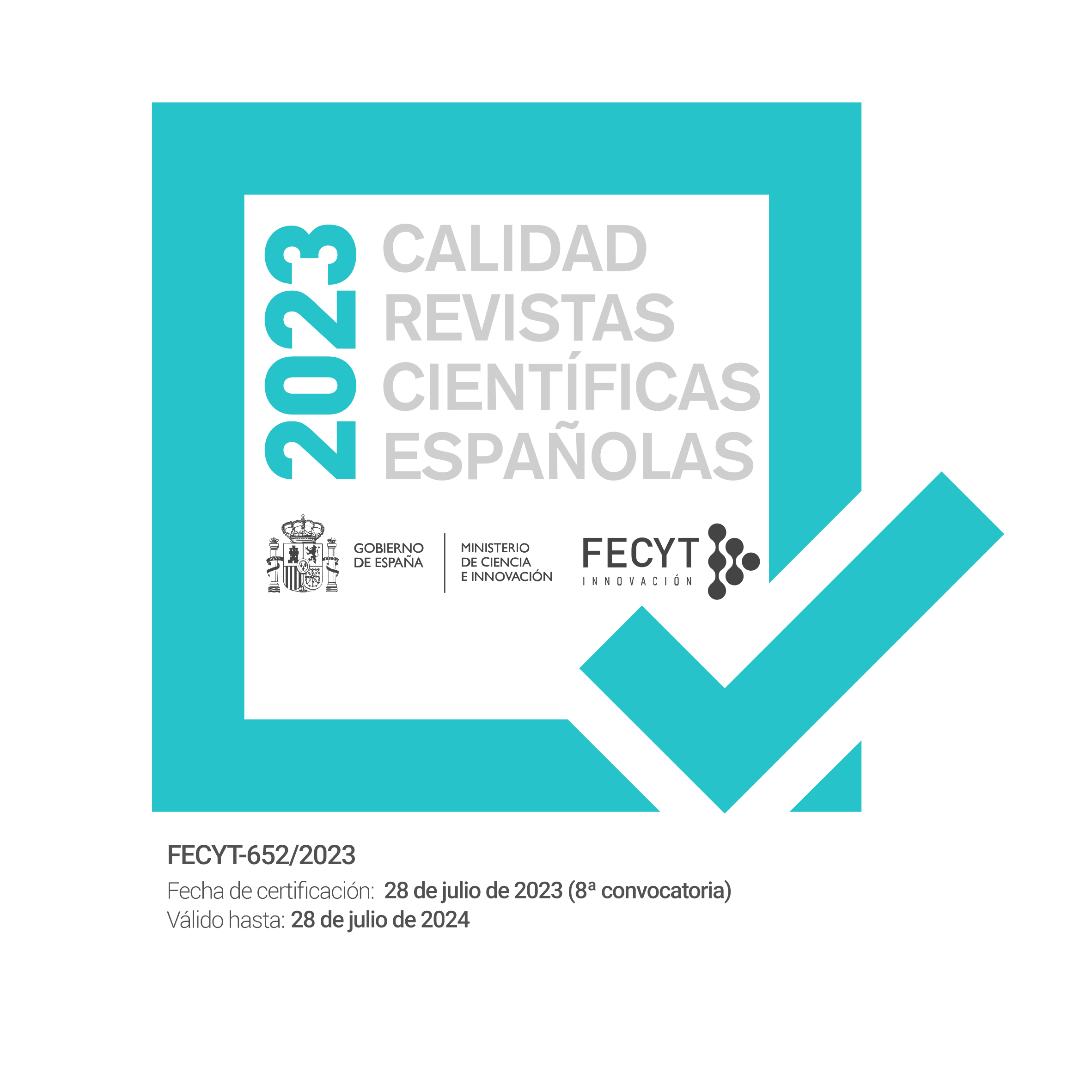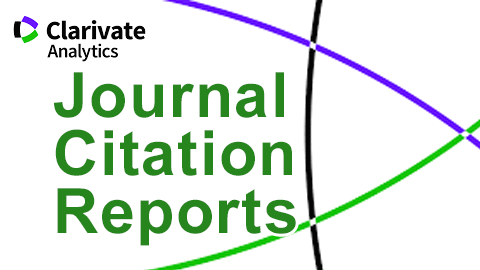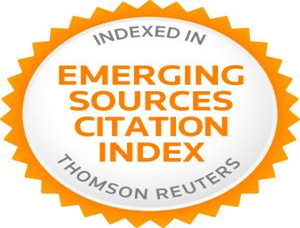Classification of technology-based language learning resources according to pedagogical and functional criteria
DOI:
https://doi.org/10.58859/rael.v23i1.676Keywords:
Information and Communication Technologies (ICTs); Computer-Assisted Language Learning (CALL); technology-based resources and tools; pedagogical functions; language learningAbstract
The objective of this study is to propose a classification of ICT-based language learning resources using as organizing criteria the pedagogical functions of the language learning and teaching process. To meet this goal, first, a corpus of resources is collected, and a literature review is carried out with the aim of identifying the most important language learning pedagogical functions. Then, a two-level classification comprising fifteen types that describe key functions of the resources and a set of subcategories. The classification can be a pedagogical tool useful for language teachers and learners, researchers and instructional designers. Later, the classification is used in two studies whose aim is to demonstrate the usefulness of the classification to assess the real use of technology-based resources by teachers in two educational areas and get some feedback from practising teachers to improve the classification and carry out an initial validation of this classification proposal.
References
Alkamel, M. A. A. & Chouthaiwale, S. S. (2018). The Use of ICT Tools in English Language Teaching and Learning: A Literature Review. Veda’s Journal of English Language and Literature-JOELL, 5(2), 29-33.
Becker, S. A., Brown, M., Dahlstrom, E., Davis, A., DePaul, K., Diaz, V. & Pomerantz, J. (2018). NMC horizon report: 2018 higher education edition. Educause. Retrieved from https://eric.ed.gov/?id=ED594367
Bhushan, R. (2020). ICT and ELT: The Pedagogical Perspective. In S. Satapathy, V. Bhateja, J. Mohanty & S. Udgata (Eds.), Smart Intelligent Computing and Applications. Smart Innovation, Systems and Technologies (pp. 13-20). Springer. https://doi.org/10.1007/978-981-32-9690-9_20
Budiman, A. (2020). ICT and foreign language learning: An overview. Tarling: Journal of Language Education, 3(2), 245-267. https://doi.org/10.24090/tarling.v3i2.3913
Campbell, T., Oh, P. S. & Neilson, D. (2012). Discursive modes and their pedagogical functions in model-based inquiry (MBI) classrooms. International Journal of Science Education, 34(15), 2393-2419. https://doi.org/10.1080/09500693.2012.704552
Dash, A. & Kuddus, K. (2020). Leveraging the Benefits of ICT Usage in Teaching of English Language and Literature. In S. Satapathy, V. Bhateja, J. Mohanty, S. Udgata (Eds.), Smart Intelligent Computing and Applications. Smart Innovation, Systems and Technologies (pp. 225-232). Springer. https://doi.org/10.1007/978-981-32-9690-9_22
Farr, F. & Murray, L. (Eds.). (2016). The Routledge handbook of language learning and technology. Routledge. https://doi.org/10.4324/9781315657899
Feffer, M. (2024). LXP vs. LMS: What are the differences? Workplace learning: A complete guide for businesses. https://www.techtarget.com/searchhrsoftware/tip/LXP-vs-LMS-What-are-the-differences
Godwin-Jones, R. (2016). Looking back and ahead: 20 years of technologies for language learning. Language Learning & Technology, 20(2), 5–12. http://llt.msu.edu/issues/june2016/emerging.pdf
Godwin-Jones, R. (2024). Distributed agency in language learning and teaching through generative AI. Language Learning & Technology, 28(2), 5–31. https://hdl.handle.net/10125/73570
Golonka, E. M., Bowles, A. R., Frank, V. M., Richardson, D. L. & Freynik, S. (2014). Technologies for foreign language learning: a review of technology types and their effectiveness. Computer assisted language learning, 27(1), 70-105. https://doi.org/10.1080/09588221.2012.700315
González-Lloret, M. (2017). Technology for Task-based Language Teaching. In C. A. Chapelle & S. Sauro (Eds.) The Handbook of Technology and Second Language Teaching and Learning (pp. 234-247). John Wiley & Sons, Inc. https://doi.org/10.1002/9781118914069.ch16
González-Lloret, M. (2023). The road System travelled: Five decades of technology in language education. System, 118, 103-124. https://doi.org/10.1016/j.system.2023.103124
Gruba, P. & Hinkelman, D. (2012). Blending technologies in Second Language classrooms. Palgrave Macmillan. https://doi.org/10.1057/9780230356825
Hiradhar, P. & Bhattacharya, A. (2022). ICT in English Language Education: Bridging the Teaching-Learning Divide in South Asia. Springer Nature. https://doi.org/10.1007/978-981-16-9005-1
Kenning, M. M. (2007). ICT and language learning: From print to the mobile phone. Springer. https://doi.org/10.1057/9780230591325
Kirvan, P. & Brush, K. (2024). What is a learning management system (LMS)? Workplace learning: A complete guide for businesses. Retrieved from https://www.techtarget.com/searchcio/definition/learning-management-system
Krajcso, Z. & Frimmel, U. (2017). Retrieving Online Language Learning Resources: Classification and Quality. Universal Journal of Educational Research, 5(1), 11-22. https://doi.org/10.13189/ujer.2017.050102
Levy, M. (1997) CALL: context and conceptualisation. Oxford University Press.
Levy, M. (2009). Technologies in use for Second Language Learning. The Modern Language Journal, 93, 769-782. https://doi.org/10.1111/j.1540-4781.2009.00972.x
Li, P. & Lan Y.J. (2022). Digital Language Learning (DLL): Insights from Behavior, Cognition, and the Brain. Bilingualism: Language and Cognition, 25, 361–378. https://doi.org/10.1017/S1366728921000353
Luo, H. & Lei, J. (2012). Emerging technologies for interactive learning in the ICT age. In J. Jia (Ed.). Educational stages and interactive learning: From kindergarten to workplace training (pp. 73-91). IGI Global. https://doi.org/10.4018/978-1-4666-0137-6.ch005
Madhavi, E., Sivapurapu, L. & Kati, P. (2023). Value Role of ICT Tools in English Language Teaching and Learning-Emphasis on Covid-19 Pandemic. World Journal of English Language, 13(2), 324-324. https://doi.org/10.5430/wjel.v13n2p324
Nirmal, P. B. & Mohsen, B. H. (2023), The contributions of technologies and ICT tools for teaching and learning languages. In S. Fong, N. Dey & A. Joshi (Eds.), ICT Analysis and Applications. Proceedings of ICT4SD 2023. Lecture Notes in Networks and Systems, vol 782 (pp. 403-409). Springer, Singapore.
Rosell-Aguilar, F. (2017). State of the App: A Taxonomy and Framework for Evaluating Language Learning Mobile Applications. CALICO Journal, 34(2), 243–258.
Tinio, V. L. (2003). ICT in Education. United Nations Development Programme-Asia Pacific Development Information Programme (pp. 37-41). Retrieved from https://digitallibrary.un.org/record/524544?ln=en&v=pdf
Turnbull, D., Chugh, R. & Luck, J. (2021) Learning management systems: a review of the research methodology literature in Australia and China. International Journal of Research & Method in Education, 44(2), 164-178. https://doi.org/10.1080/1743727X.2020.1737002
Wilkinson, M. (2016), Language Learning with ICT. In W. A. Renandya & H. P. Widodo (Eds.) English Language Teaching Today. Linking theory and practice (pp. 257-276). Springer Nature. https://doi.org/10.1007/978-3-319-38834-2_18
Downloads
Published
Issue
Section
License
Copyright (c) 2025 Rafael Seiz Ortiz, María Luisa Carrió Pastor

This work is licensed under a Creative Commons Attribution-NonCommercial 4.0 International License.
Attribution - Non-commercial (CC BY-NC). Under this license the user can copy, distribute and publicly display the work and can create derivative works as long as these new creations acknowledge the authorship of the original work and are not used commercially.
Authors retain the copyright and full publishing rights without restrictions.









